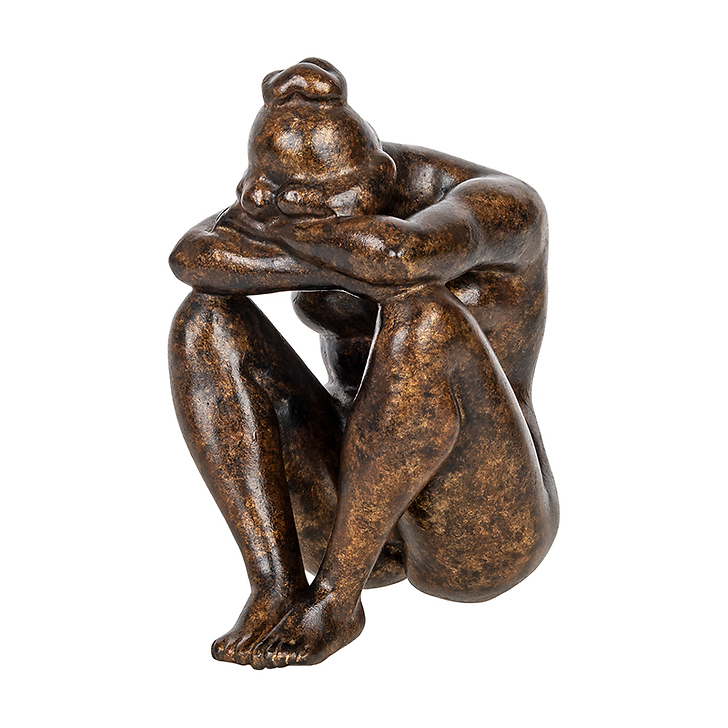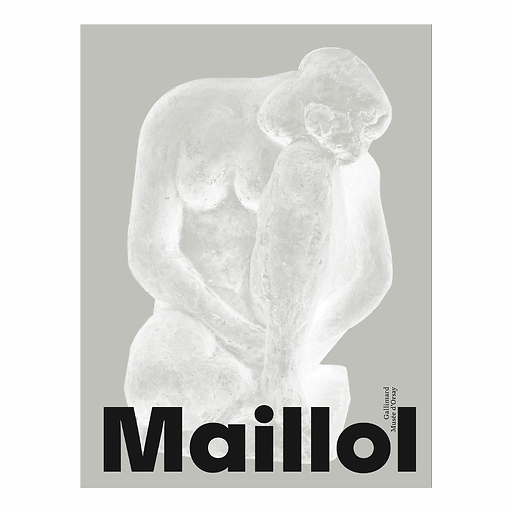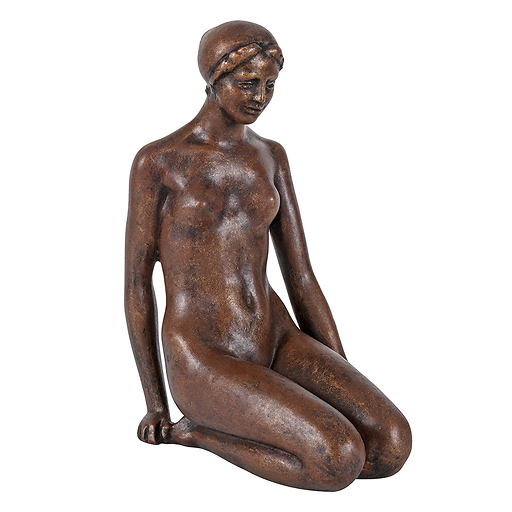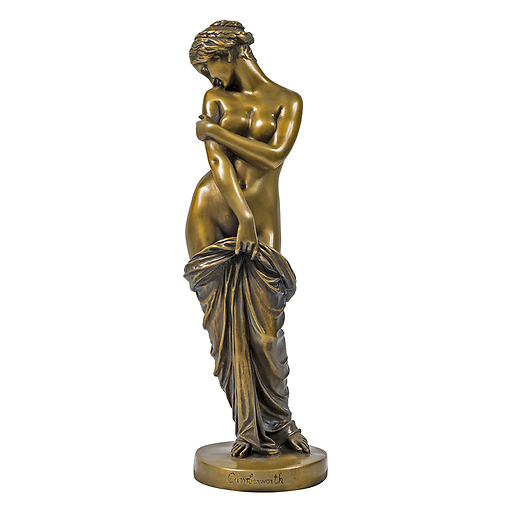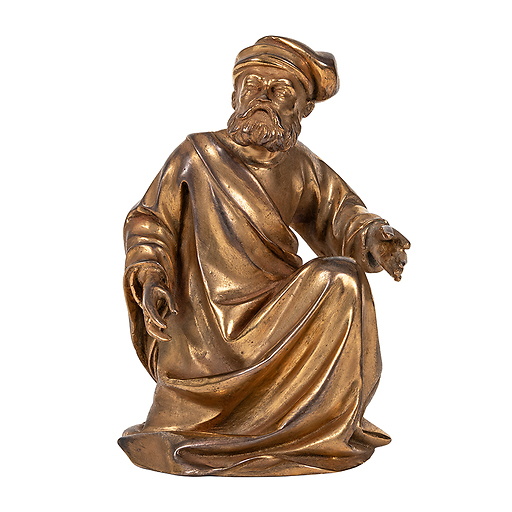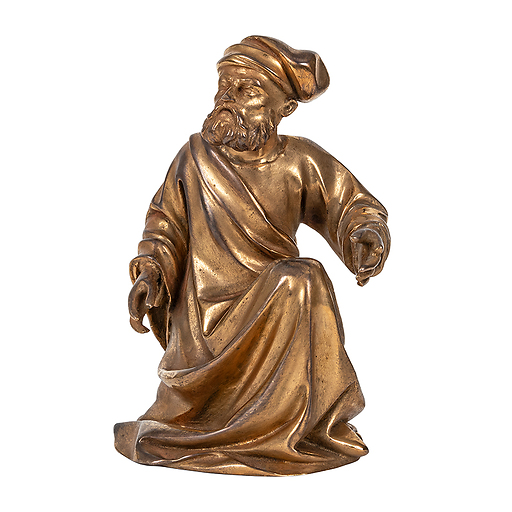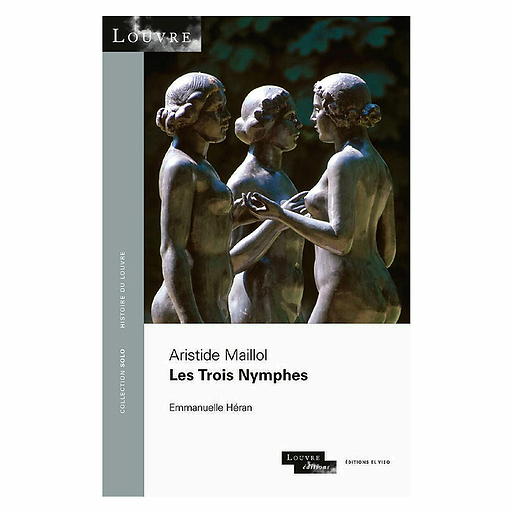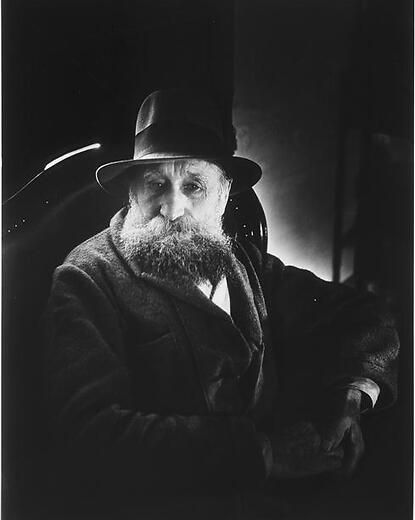Aristide Maillol's (1861-1944) masterpiece, la Nuit (the Night) opens the way to a revival of sculpture through the prism of archaic Greek statuary.
Aristide Maillol (1861-1944)
Nuit, 1909
From 1900 onwards, Maillol devoted himself exclusively to sculpture. His sculptural work was soon recognised...
Read more
Aristide Maillol's (1861-1944) masterpiece, la Nuit (the Night) opens the way to a revival of sculpture through the prism of archaic Greek statuary.
Aristide Maillol (1861-1944)
Nuit, 1909
From 1900 onwards, Maillol devoted himself exclusively to sculpture. His sculptural work was soon recognised, and he had already achieved a certain renown when he completed and exhibited La Nuit in 1909. His trip to Greece in 1908, during which he admired archaic Greek sculpture, nourished his inspiration and his style, and enabled him to put the finishing touches to La Nuit. Greek archaism, the period between 620 and 480 BC that preceded the classical era, appealed to him for its simplicity. It is representative of his style and of the revival he brought to sculpture at the beginning of the 20th century: to a representation that aims to be descriptive, as close to reality as possible, he opposes simplified compositions, often focusing on a single figure, with a meditative attitude, and less strictly faithful to reality, elements that we find here. In this way, La Nuit prefigures the turning point in sculpture towards even more refined and abstract forms.
Part of a set of sculptures cast in 1964-1965, following the donation by Lucien Maillol, son of the artist, and by Dina Vierny, executor of the will, of the drawing rights, to be installed in the Carrousel garden .
Close
